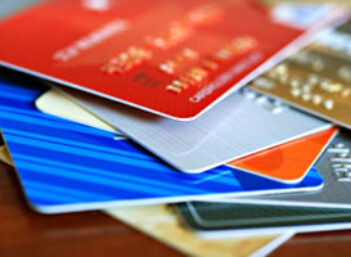What is Balance Protection?
Also called overdraft protection, balance protection is a feature on a checking account that prevents a customer from bouncing checks.
How Does Balance Protection Work?
A bad check is a check written on an account that doesn't exist or that has insufficient funds to cover the amount of the check.
For example, let's assume that John Doe has $1,000 in his checking account today. He goes to the mall and writes a check for $1,250 at a furniture store. Because there are insufficient funds to cover the amount of the check, John is writing a bad check.
When the furniture retailer attempts to deposit the check, the furniture retailer's bank (Bank ABC) will present the check to John Doe's bank for payment. John Doe's bank will then either pay the check (which might occur if John Doe has balance protection at his bank) or 'bounce' the check by returning it to Bank ABC without payment. Often, banks stamp the check itself with a large 'NSF' stamp (which stands for 'nonsufficient funds'). Typically, Bank ABC will charge the furniture retailer a fee for presenting a bad check, and John Doe's bank will charge John Doe for writing a bad check. The furniture store will also likely charge John Doe a fee for the bad check. Balance protection prevents this from happening.
Why Does Balance Protection Matter?
In most states, writing a bad check is at least a misdemeanor, with the consequences growing depending on the state, the amount involved, and whether the transaction crosses state lines. Most bad checks are simply oversights by consumers, so even if the police are not involved, the fees for bouncing checks can run in the hundreds or even thousands of dollars if the check writer is particularly disorganized. For this reason, it's important to have balance protection.



